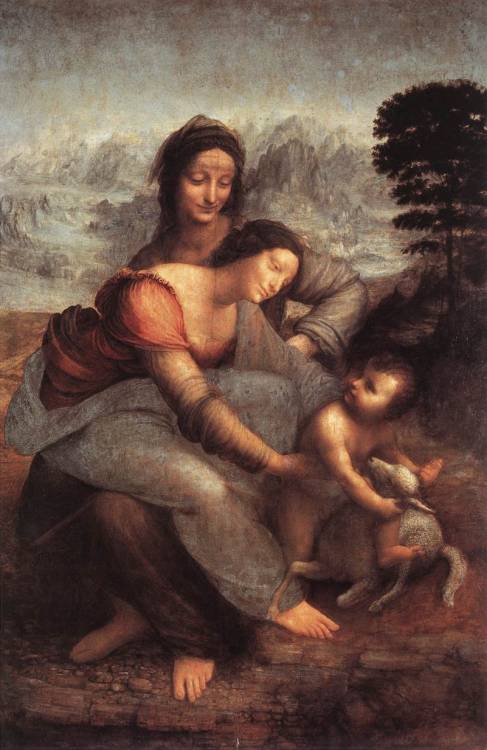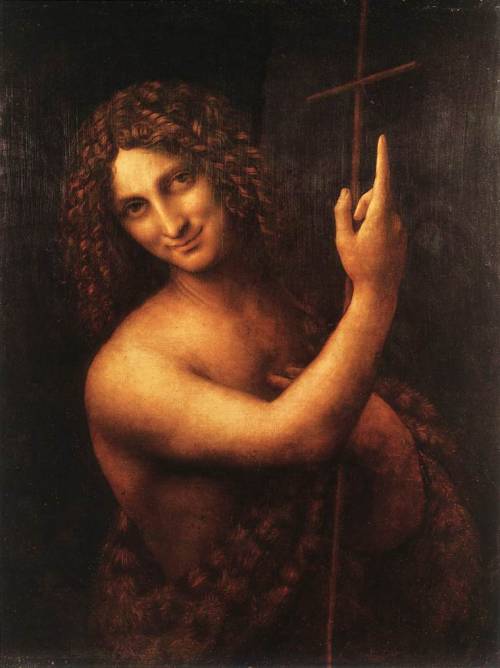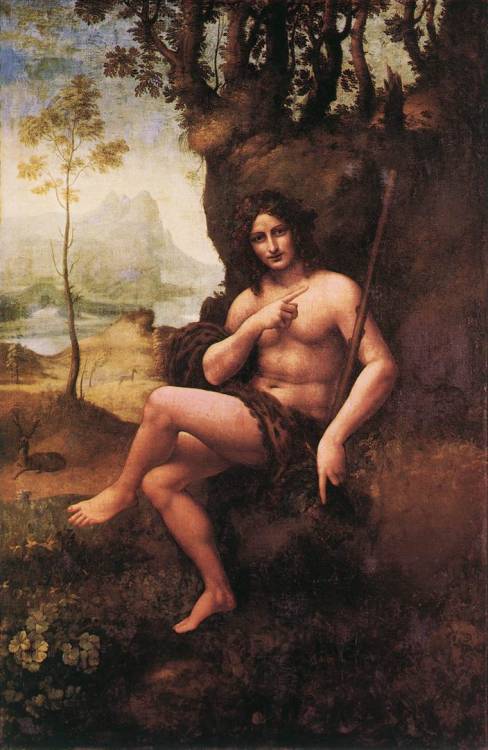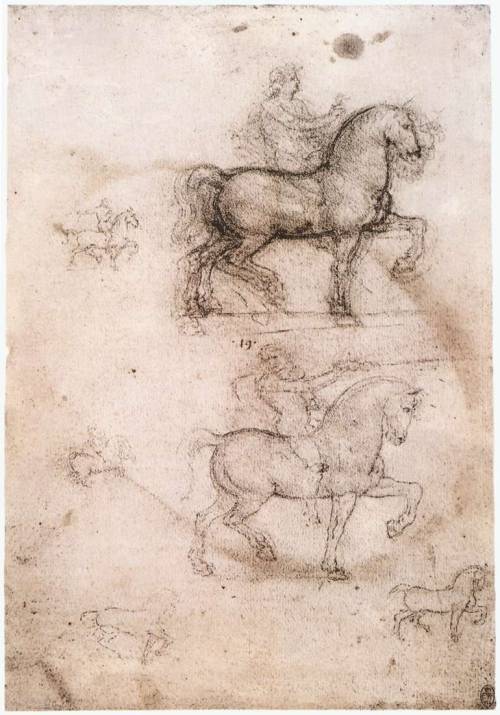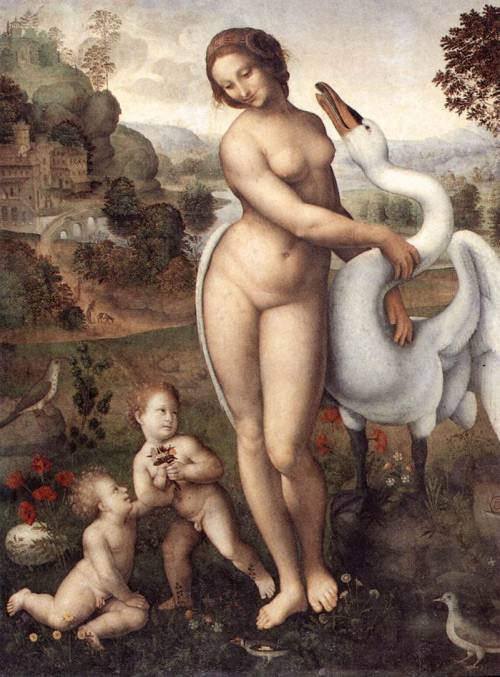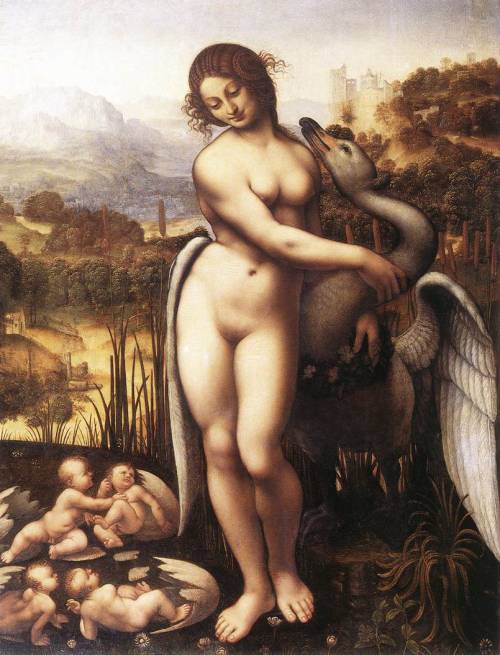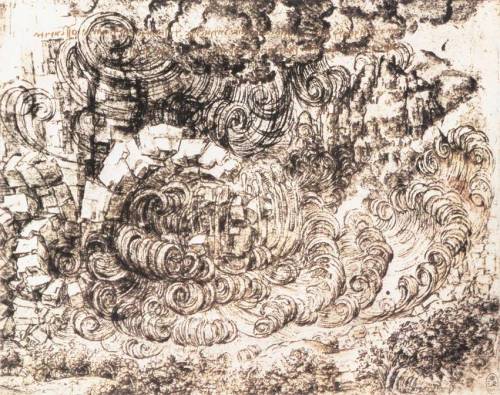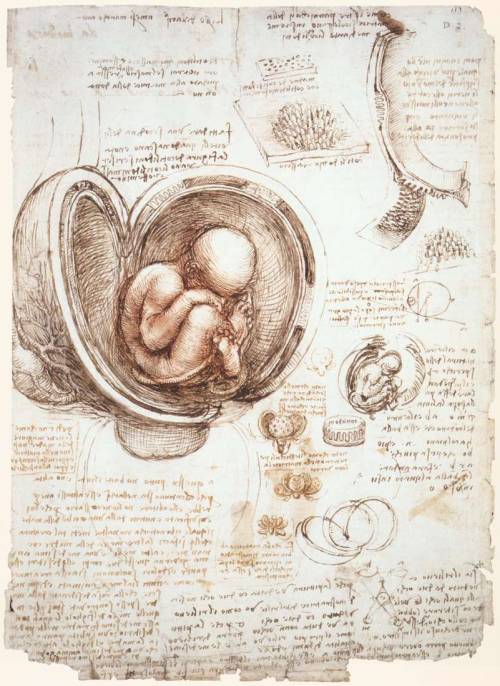italianartsociety: By Anne LeaderLeonardo da Vinci died on 2 May 1519 in Amboise, France. The world-
italianartsociety: By Anne LeaderLeonardo da Vinci died on 2 May 1519 in Amboise, France. The world-renowned polymath excelled as a painter, sculptor, architect, designer, theorist, engineer, and scientist, though he was often more interested in the design and exploratory phases of his work than bringing them to completion. He has left behind almost 2,500 drawings in notebooks and on loose sheets. Though he was of the same generation as Sandro Botticelli (1445-1510), Domenico Ghirlandaio (1449-94), and Filippino Lippi (1457-1504), rather than Michelangelo (1475-1564) or Raphael (1483-1520), Leonardo is widely recognized as the father of the High Renaissance. While Leonardo famously left a number of major commissions incomplete, those that he did finish are today some of the most recognizable images of the Italian Renaissance, including the Mona Lisa, which was among the paintings he took with him to France and are now among the Louvre’s most prized paintings. Leonardo left Italy for France at some point after August 1516 to become first painter and engineer to King Francis I. Though in poor health, Leonardo continued to invent, imagine, and design through his drawings and notes but left larger-scale work to assistants. He spent his last years at the Château de Cloux (later called Clos-Lucé), near the King’s summer palace at Amboise on the Loire River.Exhibitions in Boston (through 14 June 2015) and Milan (through 19 July 2015) are currently celebrating the life and work of Leonardo.Reference: Martin Kemp. “Leonardo da Vinci.” Grove Art Online. Oxford Art Online. Oxford University Press.
Tumblr Blog : italianartsociety.tumblr.com
#artist#renaissance#stunning#painting#esthetique#inspiration#beauty#people#history
